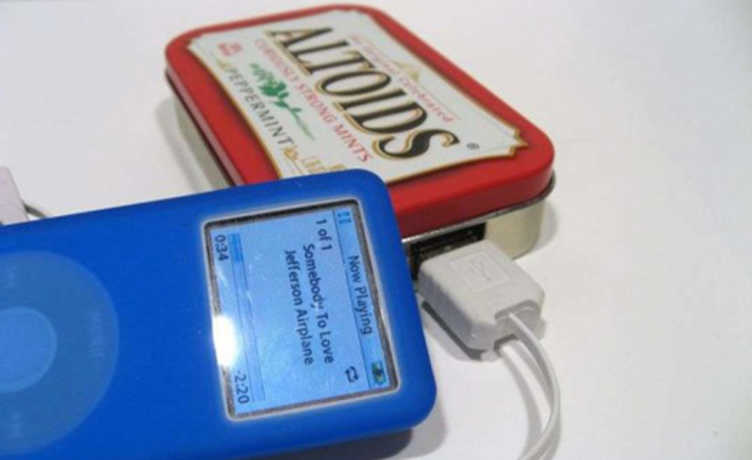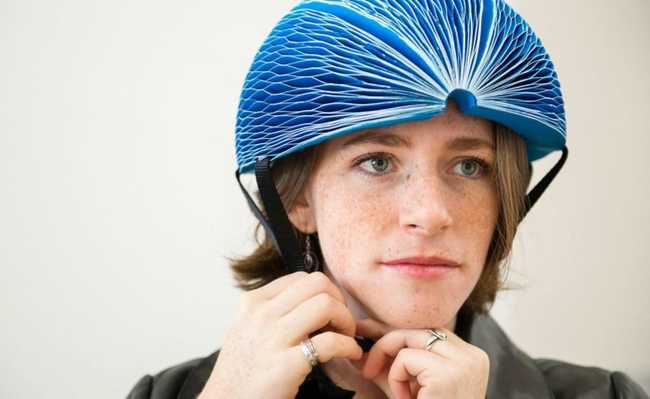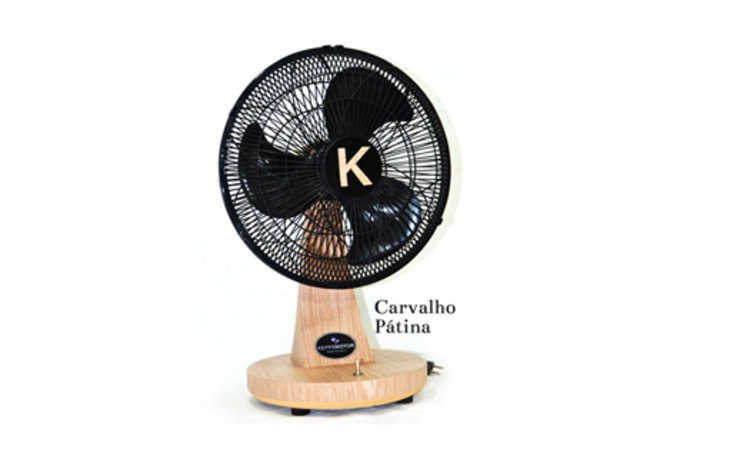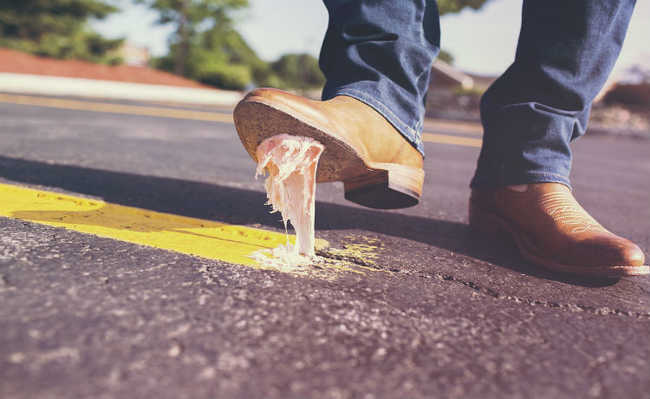What is polyurethane?
Understand the characteristics, uses and production process of polyurethane

Polyurethane (PU) is a polymer that forms a solid material with a texture very similar to foam. It is used in many everyday products, as the material has excellent characteristics for the industry, such as flexibility, lightness, resistance to abrasion (scratches) and the possibility of different formats. Understand where it is found, and what your restrictions are when it comes to recycling.
- Recycling: what is it and why is it important
It's almost impossible for polyurethane not to be part of your life. When you lie down to sleep, PU is present in the mattress foam; if your work is done in an office, the upholstery chair is also made from the material, as are the seats in motor vehicles. Sponge for washing dishes, refrigerators, Lycra, surfboards and even on the soles of your shoes, polyurethane is present, according to the Brazilian Chemical Industry Association. In famous Hollywood movie stagings, polyurethane was essential: the orca skin of the movie Free Willy 3, the giant snake skin from the movie Anaconda and the different dinosaurs from the movies Jurassic Park had the same origin.
Another interesting fact is the use of polyurethane to manufacture condoms, which are twice as resistant as the traditional one (made of latex), which can be thinner, transparent and slightly larger.
- Is a dishwasher sponge recyclable? Understand
- What to do with the kitchen sponge?
Biomaterial
Since 1984, the Polymer Analytical Chemistry Group (University of São Paulo, campus of São Carlos) has been carrying out research on polyurethane biopolymers derived from castor oil for application in the medical field. The study material was shown to be fully compatible with the tissues of living organisms (ie, it is biocompatible), with no rejection.
An example of the application of this material is its use as a bone cement in prosthesis implants and bone loss repairer. It was observed that bone regenerates, that is, the body is able to replace the polyurethane biopolymer with bone cells, regenerating bone tissue. Recent researches show that this biopolymer (of polyurethane derived from castor oil) can be used in the form of extremely fine threads to soften expression wrinkles and combat skin sagging.
As it is of natural origin (castor oil), the threads made with polyurethane biopolymers have greater biocompatibility with the human body. However, biopolymers have an economic disadvantage: they are approximately three times more expensive than petroleum-derived polymers. See more in the article: "Polyurethane: from pillows to condoms".
Production processLike all plastics, polyurethane is a polymer made from the reaction of two main substances: a polyol and a diisocyanate. The raw materials used in the process can vary according to the application's needs. In terms of polyols, the most used are castor oil and polybutadiene. Among the diisocyanates, the “famous” diphenylmethane diisocyanate (MDI) and hexamethylene diisocyanate (HDI) stand out, among other complicated names.
Recycling
One of the biggest environmental concerns is what to do with leftover products that contain polyurethane. As they are thermoset plastics, their fragments cannot be melted and fused again to be used in a plastic material of the same type.
However, due to social pressures, the industry began to study how to use this waste. One of the alternatives found was the mechanical recycling of industrial polyurethane waste. They end up incorporated in different proportions to polyurethane resins, resulting in a material with suitable properties for application on floors and athletics tracks, for example. There are also companies that use production scrap or worn products made with PU to produce shoe soles.
Another study made the mixture of hard polyurethane (PUR) ground with cement, resulting in cement blocks with less weight and better thermal conductivity, but presented problems with regard to compression (they could break more easily). But there was another research in the same line that added PUR with specific particle size and obtained high strength, which allowed the approval of blocks for structural purposes.
However, these recycling options are not yet a reality for polyurethane, which is often not recycled and causes harm to the environment and people when improperly disposed of. Understand this theme better in the article: "There are microplastics in salt, food, air and water".
Therefore, dispose of polyurethane materials as best as possible. Find the nearest location for your old items in the Recycling Stations section.









